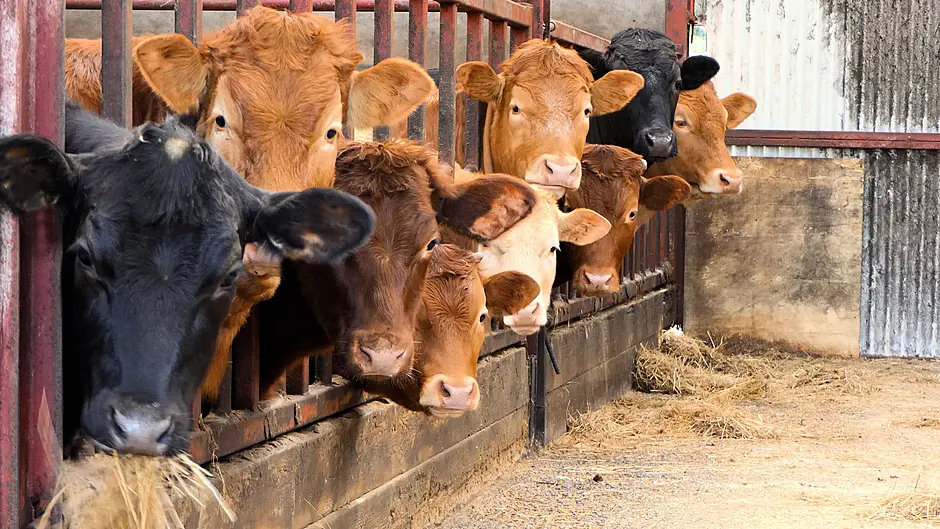THERE’S been a mixed reaction to last week’s stakeholders meeting aimed at addressing current ‘critical’ levels of TB disease in the country.
Minister for Agriculture, Food and the Marine, Martin Heydon called the meeting, where representatives from AHI, IFA, NPWS, ICOS, INHFA, ICSA, Macra, Veterinary Ireland, ICMSA and Teagasc were given an opportunity to provide feedback on proposed measures to tackle TB at the start of the summit; this was followed by bilateral meetings with the Minister and his officials.
TB herd incidence has increased from 4.31% in 2022 to 6.04% in 2024, a 36% increase in the number of herds restricted between 2022 and 2024.
Minister Heyden said that there were 41,600 reactors last year (animals that needed to be culled), compared to around 20,000 a few years ago. He said current signs point to that figure increasing to 60,000 this year, unless action is taken in a number of ways. Following the summit, the minister said he was satisfied the engagement will contribute to a more effective programme that protects farmers from this disease, and he referenced a five-point-plan with 30 specific actions, in order to reverse the trend and get back to a place where eradication can be spoken about.
However, he stressed there was no one intervention that offered a single silver bullet to fix this, and said action was needed in the areas of wildlife, cattle- to-cattle transmission, and addressing residual transmission where there are large breakdowns.
Meanwhile, the The Irish Cattle and Sheep Farmers’ Association (ICSA) animal health and welfare chair, John Barron has said that while the summit showed a welcome intent to reinvigorate the fight against TB, many of the department’s proposals lacked clarity and fairness.
‘The ICSA has deep concerns about the selective use of science, vague proposals, and a growing emphasis on penalising farmers instead of reforming the system. Science must be applied consistently – not just to justify tougher rules for farmers while ignoring glaring gaps in wildlife control,’ he said.
‘A key example of this is the rollout of the badger vaccination programme, which coincided with rising reactor numbers. While we welcome the long-overdue decision to actually test badgers for TB before vaccinating them, the fact that this hasn’t been routine until now is ludicrous and shows how selectively the science is being applied,’ he said.
He added that the current Wildlife Control Programme is ‘chronically understaffed, but there was no clarity on whether this refers to a 30% increase on current inadequate levels, or on where staffing levels should actually be.’
The ICSA was also critical of the proposed 30-day pre-movement test for all cows, and male cattle over 36 months. ‘Scrapping the post-movement test is a step forward, but replacing it with such a strict pre-movement test is a step too far. A 90-day window would be far more practical. Farmers could, under the Department’s proposals, also end up testing every six months for five years if they have three reactors.’
On herd categorisation, Mr Barron said, ‘Again there was very little clarity on how the department intends to use herd categorisation. The ICSA’s position is that categorisation must be for department use only. Mandatory public disclosure at marts causes stigma and economic harm without reducing TB spread; these animals are still bought and finished regardless. Mr Barron also said the ICSA called for the introduction of an independent helpline for farmers affected by TB and other pressures.
‘This service is badly needed. Many policy proposals ignore the emotional toll of prolonged TB restrictions and herd losses, and there has been a lack of meaningful support for affected farm families for too long.’







